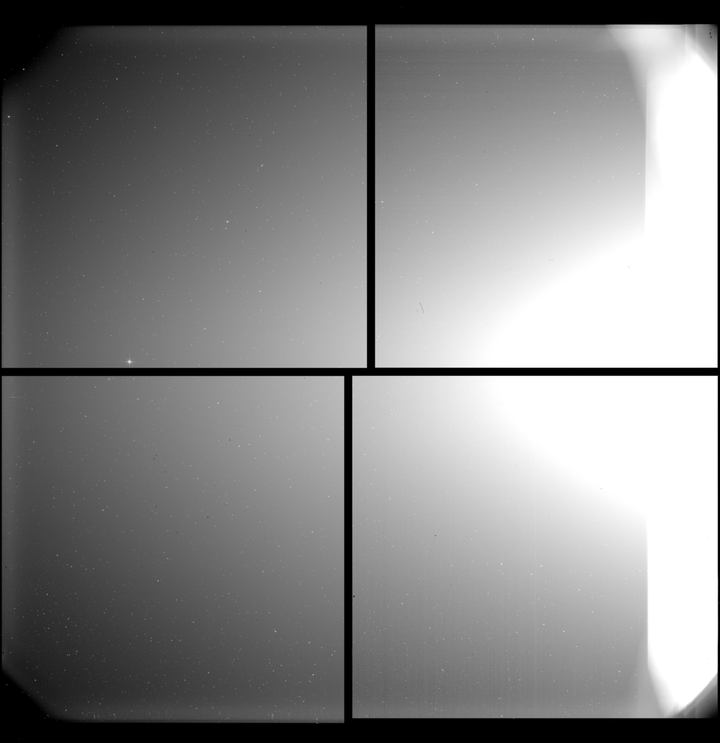NASA and the European Space Agency released the closest ever images of the sun, revealing a glimpse at “campfires” exploding on the surface of the solar system’s star.
The images were taken by the Solar Orbiter, a spacecraft operated by NASA and ESA that successfully launched in February from Cape Canaveral, Florida, despite less-than-ideal work-from-home conditions and a skeleton crew necessitated by COVID-19.
The craft’s mission is “studying the sun up close, taking high-resolution images of the sun’s poles for the first time and understanding the sun-Earth connection,” according to the ESA website.
Holly Gilbert, a scientist at NASA’s Goddard Space Flight Center, called the pictures “unprecedented” visuals that will “help scientists piece together the sun’s atmospheric layers” and develop a stronger understanding of space weather, according to a news release Thursday.
Particularly notable in the images were several small explosions on the sun’s surface. David Berghmans, an astrophysicist who worked on the Solar Orbiter project at the Royal Observatory of Belgium in Brussels, described them as “campfires.”
Scientists speculate that they are nanoflares, mini-explosions on the surface that are thought to play a role in heating the sun’s outer atmosphere, or corona, to much higher temperatures than the surface itself.

A close examination of the photographs also revealed so-called zodiacal light, or light from the sun that is reflected off interplanetary space dust.
This light could only be captured by the orbiter’s solar and heliospheric imager, an instrument that reduced “the sun’s light to one trillionth of its original brightness” to make the zodiacal light visible, NASA reported.

The Solar Orbiter captured the images from within 48 million miles of the sun. It is designed to travel as close to the sun as 26 million miles, which is within the orbit of Mercury. The craft is expected to continue delivering highly detailed images for the next seven years.